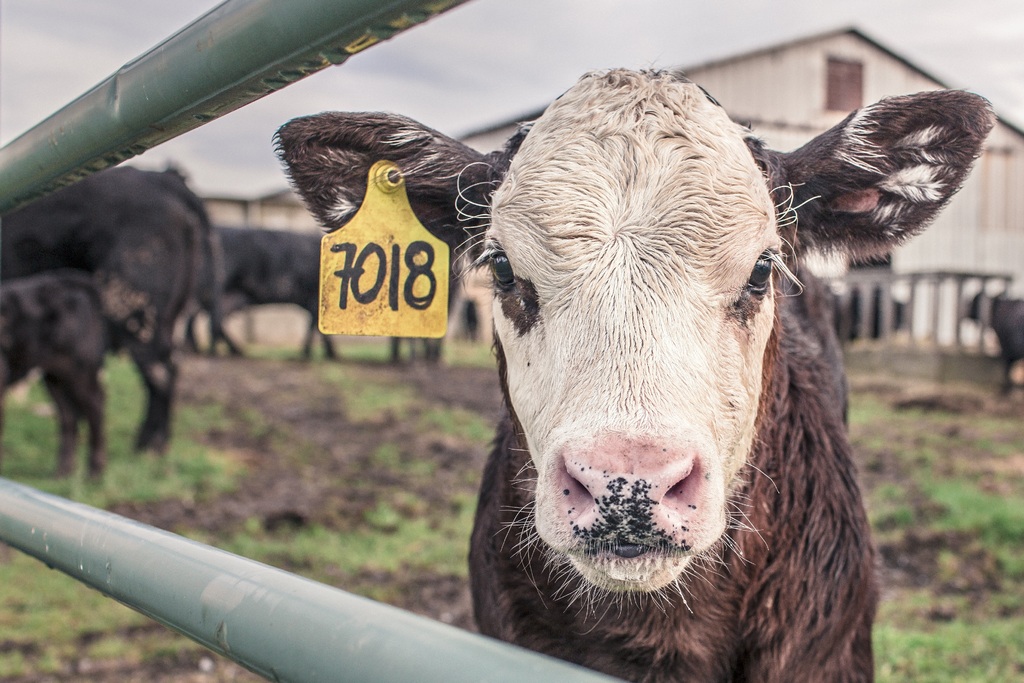An international trade group has recommended limits on THC for hempseed and hempseed waste used as animal feed that go well beyond those being sought in the U.S., Europe and Canada.
In a recently released position paper, the Federation of International Hemp Organizations (FIHO) calls for a maximum allowable THC content of 30 parts per million (ppm) for hempseed feed intended for livestock.
The European Industrial Hemp Association is pushing in Europe for a THC limit of 5 ppm while Canada already has an established limit of 10 ppm for hempseed feed products. The U.S. started to lay out a schedule for cannabinoids in hemp feed earlier this month when the American Association of Feed Control Officers (AAFCO) approved a highly restrictive 2 ppm THC limit for hempseed meal intended only for egg-producing hens.
Regulatory guidance
FIHO said its paper is intended to assist international experts and regulators as they conduct feed ingredient assessments. Key considerations in the analysis were the health of animals fed hempseed feed ingredients and safety down the food chain at the point where humans consume farm production.
“Hempseed and its derivatives are well tolerated by livestock and do not represent animal health risks. And the potential consumption of THC or CBD by humans in food originating from animals fed hempseed byproducts is remote,” according to the paper, which FIHO said is based on the review of more than 200 hempseed livestock feeding trial and nutrition papers.
“This analysis focused on credible publications and laboratory testing that complements the hemp industry’s farm to food regulatory framework,” the Federation said in a press release.
Minuscule residuals
The only cannabinoid with the potential for intoxication is delta-9 THC when that compound is present in concentrated form, the paper explains. However, the minuscule residual levels of THC that can be present on the outside of hemp seeds are in the form of THC-A, which must be heated to high temperatures to convert to delta-9. Such heating does not occur in processing or internally within an animal’s digestive system, the paper points out.
In addition to the THC guidance, FIHO urges that regulators set no limits on levels of CBD, a non-psychoactive cannabinoid that can also be present in trace amounts in feed derived from whole hempseeds or hempseed waste. Both THC and CBD come from the hemp plant’s flowering tops and can lightly contaminate the shells of hemp seeds as plants grow, and during harvesting and processing.
“Global research indicates that THC and CBD levels naturally present at less-than trace or residual level in hemp seed byproducts are further reduced when fed at 1-30% portion of a feed ration,” the paper observes. FIHO said only 9-12% of THC and CBD contained in livestock feed is absorbed by animals anyway, further reducing an already insignificant risk.

